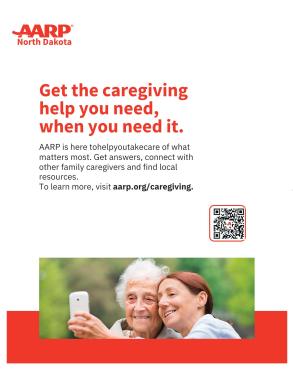Wellness | October 15th, 2025
By Ellie Liverani
When we are sick, all we want is a cure. You go to the doctor, they give you a pill, you take it for a bit, then you are cured. It happens. But unfortunately, it is not always the case.
Sometimes there is no treatment. Some diseases can only be managed, such as autoimmune diseases (Lupus or Hashimoto disease, for example). There are treatments specific to females and others for males, specific to your age. But it is not that simple. And some treatments simply do not work for you.
Fortunately, medicine is always improving, aiming to find new, more effective treatments. In the past, we have always looked for a miraculous treatment that can cure everyone experiencing the same disease. It is easier, and probably cheaper in the short term. However, a new direction, as of today, is personalized medicine. We can use individual unique factors (genetics, environment, lifestyle and so on) to tailor disease prevention, diagnosis and treatment.
Good results have been obtained in treating cancer by identifying sub-groups of patients based on their cancer type, their age — and we have gone as far as identifying specific mutations. These subgroups can be easy to identify, such as male and female or age groups.
However, easily identifying subgroups is not always possible. For instance, a subgroup can be 20% of the patients, for example, or even as low as 10% with a more complex way to identify them. It seems a small percentage considering all the patients. However, that can mean hundreds of thousands of people — or even millions worldwide. And let’s face it, for the patient, it is 100%!
Learning from cancer, we are using a similar approach for other diseases. New subgroups have been noted, maybe a molecule increased in the blood, or a specific characteristic that can be measured in the laboratory. These are biomarkers. If we are able to design a specific drug for this subgroup, then we could have a targeted therapy that would be effective 20% of the time in the whole population. But it can be effective 80% of the time for this specific subgroup.
In the end, to treat a disease, we may need five drugs or a combo of drugs. But these new treatment strategies together will treat 80-90% of the population.
Who belongs to the subgroup? Mostly, the characteristics are not obvious by looking at the patients. In fact, how you look may not even be relevant. Your age and sex may not matter, or your ethnic background.
One of the best examples is the discovery of EGFR (epidermal growth factor receptor) cancer therapy for lung cancer. It was groundbreaking in personalized medicine, and its discovery improved the outcome of a specific type of lung cancer (non-small cell lung cancer). It was incidentally discovered in Asian patients, but the mutation is not only present in people of Asian origins. In the end, the therapy strategy has been expanded to other ethnicities. This shows that subgroups go beyond what we see, and that discoveries in one group can provide unexpected benefits for other groups, also.
It is not only mutations. It is not only cancer. Genetic variability can determine how you metabolize a drug, so the dose can be readjusted, or another drug could be more appropriate.
Environment is relevant as well as lifestyle. Some diet regimens, for instance, can act as potential treatments, such as a Mediterranean diet for heart disease or the ketogenic diet for epilepsy, but more research is needed.
In the end, we need more data to make the treatments more and more personal and therefore more and more effective. Studying subgroups has always seemed expensive and difficult. And it is indeed! However, history has shown us that working with subgroups is rewarding and cheaper in the long term.
Science always progresses. A lot of discoveries are made every day, all around the world. But we always need more data. It seems a never-ending story (and it probably is), but history has proved that it is worth it.
Dr. Liverani is an assistant professor at the NDSU School of Pharmacy.
November 18th 2025
October 6th 2025
September 16th 2025
August 19th 2025
August 19th 2025


_(1)_(1)_(1)__293px-wide.jpg)

__293px-wide.jpg)
_(1)__293px-wide.jpg)